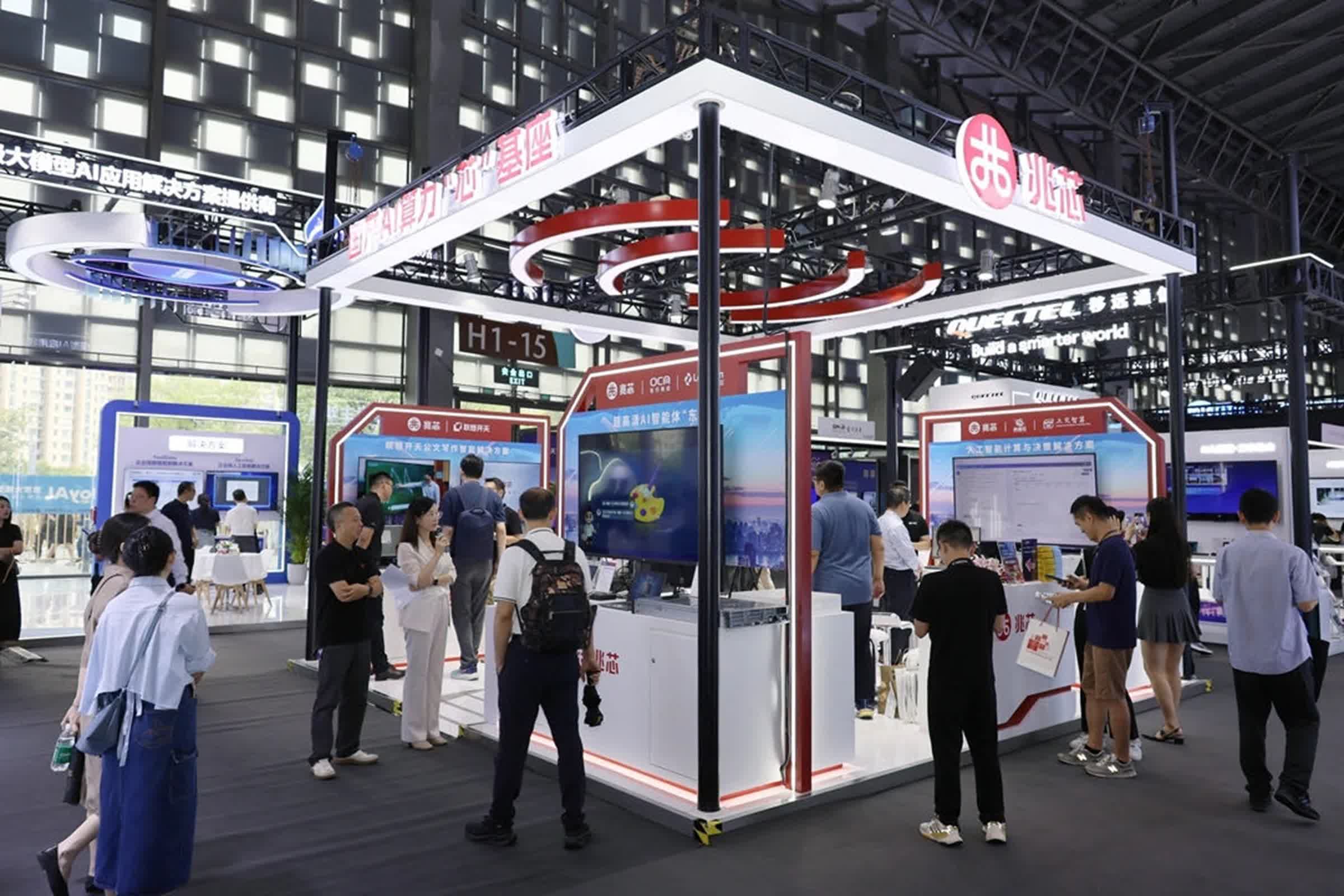Zhaoxin, a key player in China’s rapidly evolving semiconductor industry, has recently unveiled its latest generation of advanced AI processors, marking a significant stride towards the nation’s technological independence. These new Chinese CPUs are strategically positioned to challenge established global giants, reflecting a concerted effort to foster domestic innovation and reduce reliance on foreign technology. The advancements signal a pivotal moment in China’s drive for self-sufficiency in critical computing sectors.
Among the flagship announcements at the 2025 World Artificial Intelligence Conference in Shanghai was the KaiXian KX-7000N, a groundbreaking consumer AI CPU. This powerful processor is specifically designed for AI-driven personal computers, integrating a dedicated neural processing unit (NPU) for efficient edge computing. Building upon its predecessor, the KX-7000N boasts unspecified increases in core count and supports the advanced PCI Express 5.0 standard, enhancing data transfer capabilities for next-generation applications.
Zhaoxin envisions a robust ecosystem of AI PCs powered by the KaiXian KX-7000N, catering to diverse needs ranging from smart content creation and intelligent document writing to educational platforms. This emphasis on real-time AI processing at the edge for both enterprise and personal computing underscores Zhaoxin’s commitment to empowering a new era of smart devices and applications, further cementing its role in the global semiconductor landscape.
Complementing its consumer offerings, Zhaoxin also introduced the Kaisheng KH-50000, a formidable server processor meticulously engineered to meet the escalating demands of advanced data center infrastructure. This new data center chip is squarely aimed at competing with high-performance solutions from industry leaders like AMD’s EPYC 9004 Genoa series, signaling Zhaoxin’s ambition to capture a larger share of the enterprise market.
The Kaisheng KH-50000 showcases impressive specifications, featuring up to 96 physical cores, a threefold increase over its predecessor, the KH-40000. This substantial leap in core count promises significant gains in multi-threaded workloads, particularly crucial for intensive AI training and inference operations. Furthermore, the chip integrates a massive 384 MB of L3 cache, aligning with the latest high-end offerings from competitors, and supports 12-channel DDR5 error-correcting memory to manage the colossal bandwidth requirements of modern data centers.
To ensure unparalleled flexibility and scalability, the KH-50000 incorporates Compute Express Link (CXL) support, a vital resource for heterogeneous hardware expansion as computing workloads become increasingly diversified. Zhaoxin’s proprietary ZPI 5.0 interconnect further enhances its capabilities, enabling multi-socket configurations that allow up to four KH-50000 chips per motherboard, delivering an astonishing total of 384 CPU cores for maximum processing power.
While Zhaoxin has yet to fully detail the underlying processor architectures for these latest chips, the dramatic increase in core count and overall capabilities of the KH-50000 strongly suggest a significant redesign. The company has historically relied on its in-house Yongfeng architecture, and industry observers keenly await confirmation on whether this architecture continues to underpin this new generation of high-performance Chinese CPUs.
The unveiling of these processors, alongside demonstrations of comprehensive AI hardware and software solutions developed with local partners, solidifies Zhaoxin’s position as a cornerstone of China’s ambitious AI and computing strategies. These incremental yet meaningful advancements underscore the country’s relentless pursuit of technological independence, challenging global incumbents and fostering a more self-reliant semiconductor industry.






Leave a Reply